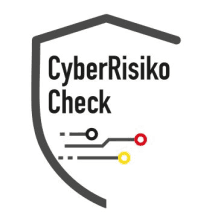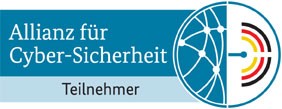What is Attack Surface Management (ASM)?
Attack Surface Management (ASM) is a security approach that focuses on identifying, assessing, and mitigating all potential attack points of a system that cybercriminals could exploit to infiltrate a network or application. These attack points encompass all hardware, software, and network components of a company that are connected to the internet.
Why is Attack Surface Management important?
In today’s digital world, IT infrastructures are continuously growing and becoming increasingly complex. With each new component added to a network, whether through the introduction of new technologies or applications, the attack surface increases. Therefore, it is crucial to continuously monitor and minimize these attack points to ensure the security of the entire system.
Through effective ASM, companies can:
- Identify and assess risks early: Identify vulnerabilities before they can be exploited by attackers.
- Improve the security posture: Reduce risks through targeted measures to minimize the attack surface.
- Meet compliance requirements: Adhere to security policies and regulatory requirements regarding data and infrastructure protection.
Typical attack surfaces of a company
Some of the most common attack surfaces include:
- Web applications: Public websites and applications that may have vulnerabilities such as SQL injection or XSS.
- Network devices: Routers, firewalls, and switches that may be misconfigured.
- Cloud services: Cloud infrastructure services that may have misconfigurations.
- End devices: Employee laptops and smartphones that may have insecure applications or outdated systems.
Strategies for effective attack surface management
Continuous monitoring: Conduct regular network scans and threat analyses to identify vulnerabilities in real-time.
Patch management: Apply regular updates and patches for all software and hardware to close known vulnerabilities.
Promote security awareness: Conduct employee training and awareness campaigns to reduce human errors.
Use of technologies: Utilize tools for threat analysis and vulnerability detection to identify potential risks.
Penetration testing: Conduct regular security tests for all systems to verify the effectiveness of security measures.
Protective measures against vulnerabilities
Implementation of firewalls and intrusion detection systems: Establish protective barriers to detect and thwart suspicious activities.
Data encryption: Protect sensitive information using encryption techniques, both during transmission and at rest.
Establish access controls: Implement the least privilege principle to restrict access to critical resources to the necessary minimum.
Regular security reviews: Conduct audits and reviews to identify vulnerabilities and close security gaps.
The future of Attack Surface Management
As technologies continue to evolve and attack surfaces become increasingly complex, the role of ASM in cybersecurity will also become more important. The integration of artificial intelligence and machine learning into ASM tools could enhance the ability to detect threats more accurately and quickly.
It is essential for organizations, regardless of their size, to continuously monitor and adjust their attack surfaces to address the ever-changing threat landscape and ensure comprehensive protection of their IT infrastructure.
🔒 Test your systems and networks for vulnerabilities: Check now
📌 Related terms: Cybersecurity, network monitoring, vulnerability management




